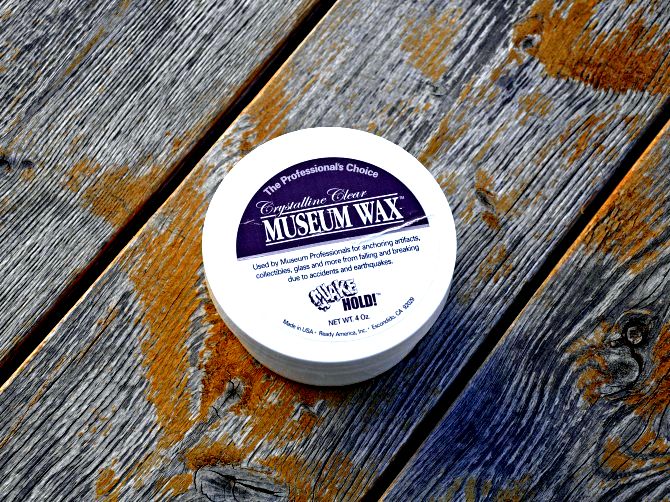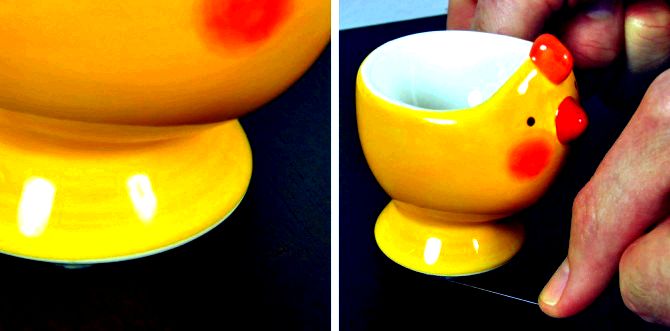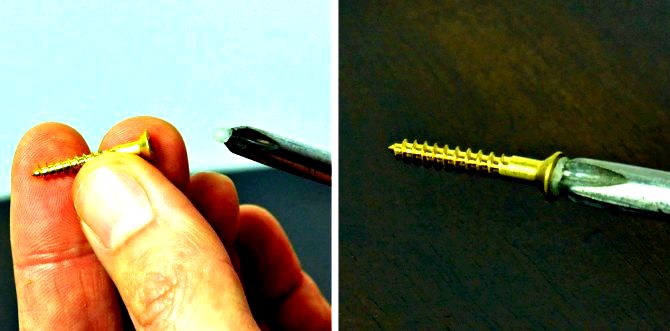Shaun Stephens is definitely an inventory specialist at iFixit, and that he labored for six years like a supervisor of installations at the la County Museum of Art. He’s installed art everywhere from college galleries to commercial galleries—even their own installations.

Every collector of kitsch, antique china, or fossils has wondered, “How will i make my cookie jars stay put so that they don’t clock me within the mind once the train rumbles by?” If earthquakes, passing freight trains, and bumps at night are causing havoc together with your collectibles, Museum Wax can help you to get a grip. Museum Wax consists of non-toxic, non-acidic, microcrystalline sticky items that can anchor your model Yrs Falcon or ground your grandfather’s created Mallard drake. And it is not all—Museum Wax will tackle individuals finicky nonmagnetic screws and crooked pictures on your wall too.
For collectibles and artwork, Museum Wax beats duct tape, cyanoacrylate glue, bailing wire, and gum hands lower. The important thing? It’s “reversible,” a popular adjective of art conservators everywhere. Museum Wax supplies a firm hold for large urns and small cups and it is still reasonably removable.
Within the decade I labored like a preparator installing artwork in California museums and galleries, Museum Wax was my favorite ally in fighting against roaming temblors. Art conservation staff refer to it as “seismic minimization,” but we lowly preparators know what this means is, “Make sure it doesn’t fall over prior to the building collapses.” We’d an agenda: artwork was hung from a minimum of two hooks moored inside a stud or plywood sheet, and also the lower fringe of every frame was locked lower with special security hardware. Some 3d artwork needed elaborate brackets and mounts fabricated from steel or brass and padded by helping cover their soft felt to securely manage their mass or delicacy, truly we simply adopted a stick-it-to-the-deck-so-it-don’t-move-no-where plan.

And Museum Wax isn’t only for ceramics. It’s great for glass, plastic, wood, bone, stone, papier-mâché, and metal… with a caveat or three:
- In case your object is delicate or includes a thin stem just like a wine glass, beware whenever you take away the object from the waxed place. The your hands on the wax might be more powerful compared to object itself. Just a little wax goes a lengthy way, so use small quantities first before coating the entire base of this crimson unicorn having a 1/4 inch slab of wax. Always remove objects having a slow steady twisting motion to produce the wax, or slice the wax with dental floss or monofilament fishing line.
- In case your object is plastic or perhaps is colored, beware that anything oil-based (like wax) may react unpredictably with aging plastic polymers. Paint can remove which gummy plasticizer seeping from Barbie dolls may do strange things using the wax.
- In case your object includes a porous surface like incomplete wood, bone, ivory, unglazed ceramic, or stone, the wax can become a lasting area of the surface. Generally, a wood pop-sicle-stick or plastic spatula (or possibly a spudger?) is going to be sufficient to get rid of the wax from the bottom of an item. Or no wax remains at first glance it may be cleaned with mineral spirits. Bear in mind what you’ll have to do to obtain the wax off when deciding in the event that matryoshka needs to become goobered in position. Consider the conclusion in your shelf or table, too. Generally the wax will clean nicely off finished wood having a buffing cloth, but be careful when planting an Arts & Crafts vase on your Stickley table.
For the best results, stick to objects having a flat base and stick ‘em on flat surfaces. Wax is wax, also it will cold flow. Indeed, this property tends to make Museum Wax reversible. But don’t try mounting objects on the slope. Within my career in the museum I required an opportunity on waxing an environment of Art Deco silverware on the 2˚ slope in the display situation. I needed to return two times within the three-month run from the installation to fix the slow downhill ooze of this silverware. The nice and cozy lights within the display situation didn’t help. Heat makes wax go soft, so remember that in case your shelf is over a stove or heater.
The maker also warns against waxing particularly tall or top-heavy objects.

Other suggestions:
- Crooked mirrors? Museum Wax won’t endure frames alone, but give a small bead behind each lower corner of the frame additionally towards the existing hanging hardware as well as your world won’t go so cockeyed.
- Getting trouble getting that nonmagnetic screw into its hole? Stick a bead of Museum Wax around the tip of the screwdriver and insert that screw with one-handed surgical precision.
- Is product photography your bread and butter? Museum Wax could keep that squirrelly mascara applicator sitting on finish ready because of its close-up, and merely consider the stop motion animation potential.
Ready America, the maker of Museum Wax, makes other “seismic mitigation” products, too. Each features its own qualities of stickiness and durability Museum Putty or Museum Gel may get better because of you. iFixit doesn’t sell Museum Wax yet, but we’re interested to understand if people would really like us to. For the time being, you can buy it on Amazon . com here. Read all the manufacturer’s directions, liberally apply your personal judgment (and rather less wax), and very quickly your tchotchkes knows their place.
Resourse: http://ifixit.org/blog/275/hold-on-museum-wax-is-on-the-job/